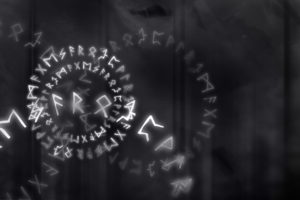Description
With this free course of 11 video lessons you will learn about the most important concepts of Old Gothic
Gothic (autoglotonym *gutiska razda, *gutisk or *gutrazda) is an extinct Germanic language spoken by the Gothic people and their two branches; Ostrogoths, in Italy, and Visigoths in Spain.
It is the oldest attested Germanic language and there are currently no languages derived from it. The oldest surviving text is a part of the Translation of the Bible by the Gothic bishop Ulfilas in the fourth century, making it the only East Germanic language with a significant corpus. Of all the others, burgundian and vandal included, there are indications of their existence only by proper names that have subsisted in historical accounts. [citation needed]
Gothic declined in the mid-sixth century, due in part to the military defeat suffered by the Visigoths at the hands of the Franks, the elimination of the Ostrogoths on the Italian peninsula and the massive conversion to Latin-speaking Roman Catholicism of the Visigoths of Spain, as well as their geographical isolation. [citation needed] The language survived in Spain no later than the eighth century and the Frankish author Walafrido Strabo wrote that it was still spoken in the lower Danube and in isolated mountainous regions in Crimea in the early ninth century (Crimean Gothic, modern descendant lasted until the eighteenth century). In manuscripts after the ninth century have appeared expressions similar to the Gothic, but that present notable differences in morphology and phonetics.
In the valleys of the Italian Tyrol were found Germanic inscriptions dating from the tenth century, which although corrupt, do not belong to the Lombard or to the language of the later Germanic settlers (from Bavaria) who later populated the region. Therefore it has been speculated that, saving the possibility that they were surviving Gothic settlers, these inscriptions would come from scholars who learned Gothic to read or translate the then still extensive books written in this language.






Reviews
There are no reviews yet.